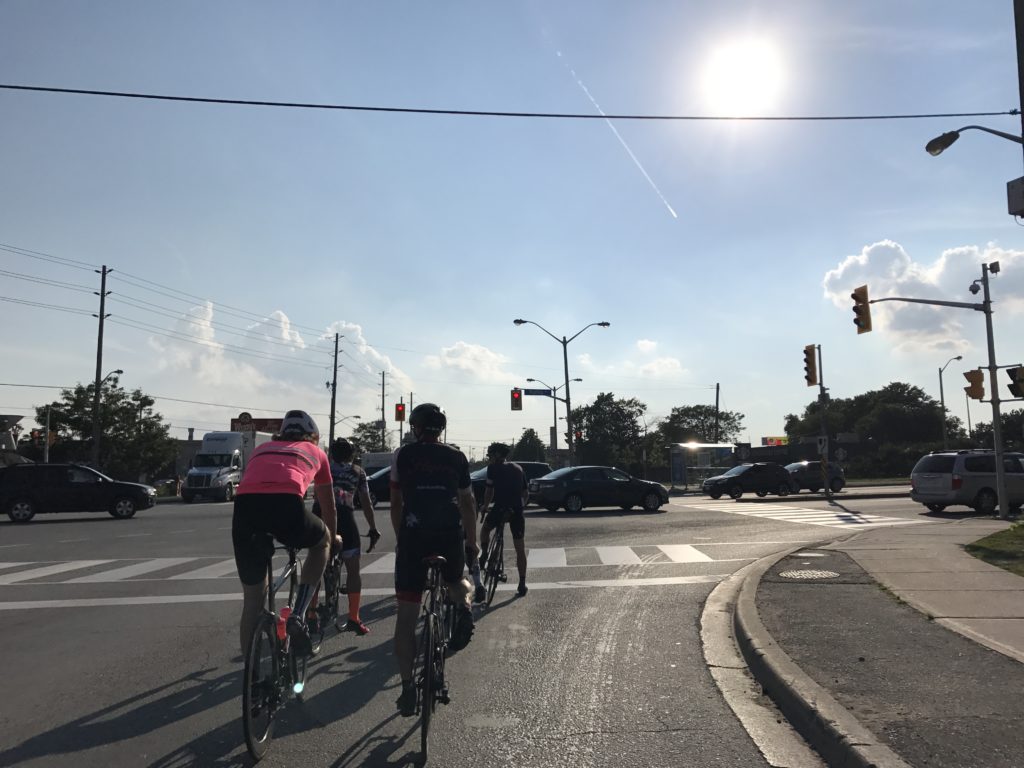Drivers who don’t like cyclists don’t care to see them
The attitude of the person at the wheel may affect how well they see people on bicycles

A new study on drivers attitudes towards cyclists shows that being able to perceive a person on a bike is influenced by what the driver thinks of cyclists. A driver who doesn’t like cyclists is less likely to see them even when looking at them. It all has to do with the social dominance of cars. The research was conducted by Tara Goddard of Portland State University for her PhD thesis, Exploring Drivers’ Attitudes and Behaviors toward Bicyclists: The Effect of Explicit and Implicit Attitudes on Self-Reported Safety Behaviors, and focused on cycling and driving in the U.S..
Access to roadways is competitive because funding for infrastructure is finite and physical space on them is also limited. Goddard wanted to explore what drivers are thinking and how that affects their behaviour. The research used an online survey of drivers attitudes and self-reported behaviours to better understand how their attitudes towards cyclists influenced their driving around them.
RELATED: The Cyclery-4iiii promotes safer-passing law during BC Superweek
The study begins by first exploring why many crashes between cars and cyclists happen. According to past studies, many crashes are attributed to the driver not seeing a cyclist or what has been called looked but failed to see. This leads the author to conclude that “seeing” is often influenced by socially directed thoughts and beliefs.
Cars are the primary, and thus dominant, mode of transportation. Goddard writes that, “the roadway is a battle ground for social domination.” The most pro-drivers and anti-cyclist are those most likely to not even care to check for cyclists when operating a motor vehicle. These drivers don’t even care to check for cyclists making them more likely to hit them which goes to explaining why so many accidents are attributed to drivers who looked but failed to see a cyclist.
RELATED: “I didn’t see him,” says driver who plowed into cyclist then drove away
Goddard says that the best way to right this dangerous situation is to separate cyclists and drivers. This would alleviate the tensions but the problem being that drivers don’t want to give up the space they currently occupy. Urban road ways are already full and often inadequate to deal with vehicle traffic. This makes it unlikely they want to give up any of this space to make cycling safer.
While this study may be discouraging to cyclist who use the road and are concerned for their safety, better understanding the reasons drivers do not see cyclists is a first step to working towards solutions to make cycling around vehicle traffic safer. In places like Ontario, Quebec and recently New Brunswick with Ellen’s law, legislation’s that mandate a passing distance between a motor vehicle and cyclist is one way to minimize cyclists getting hit but other solutions could be forthcoming because of research like this that advances our understanding of drivers and their attitudes towards cyclists.

